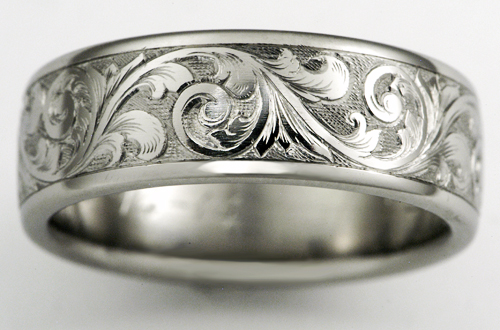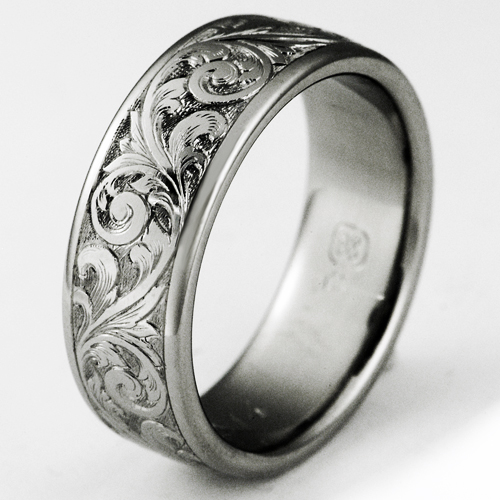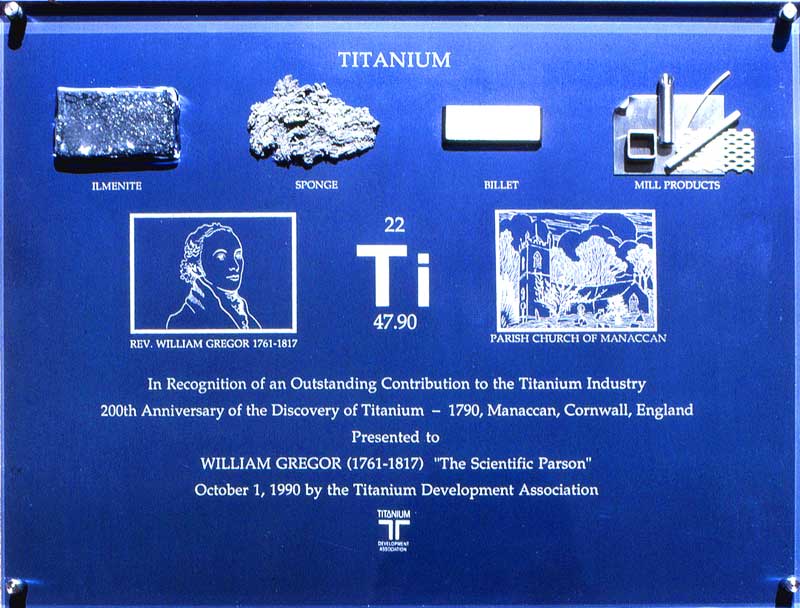Titanium paradise
 We made the first ring in our wave series—Eastbourne 1-a—for our good friend Mitch Adair. He wanted a ring evocative of the famous “Great Wave” woodblock print by Katsushika Hokusai.
We made the first ring in our wave series—Eastbourne 1-a—for our good friend Mitch Adair. He wanted a ring evocative of the famous “Great Wave” woodblock print by Katsushika Hokusai.
A customer liked that ring but wanted to add a whale tail, so we created Echo 1.






 In
In